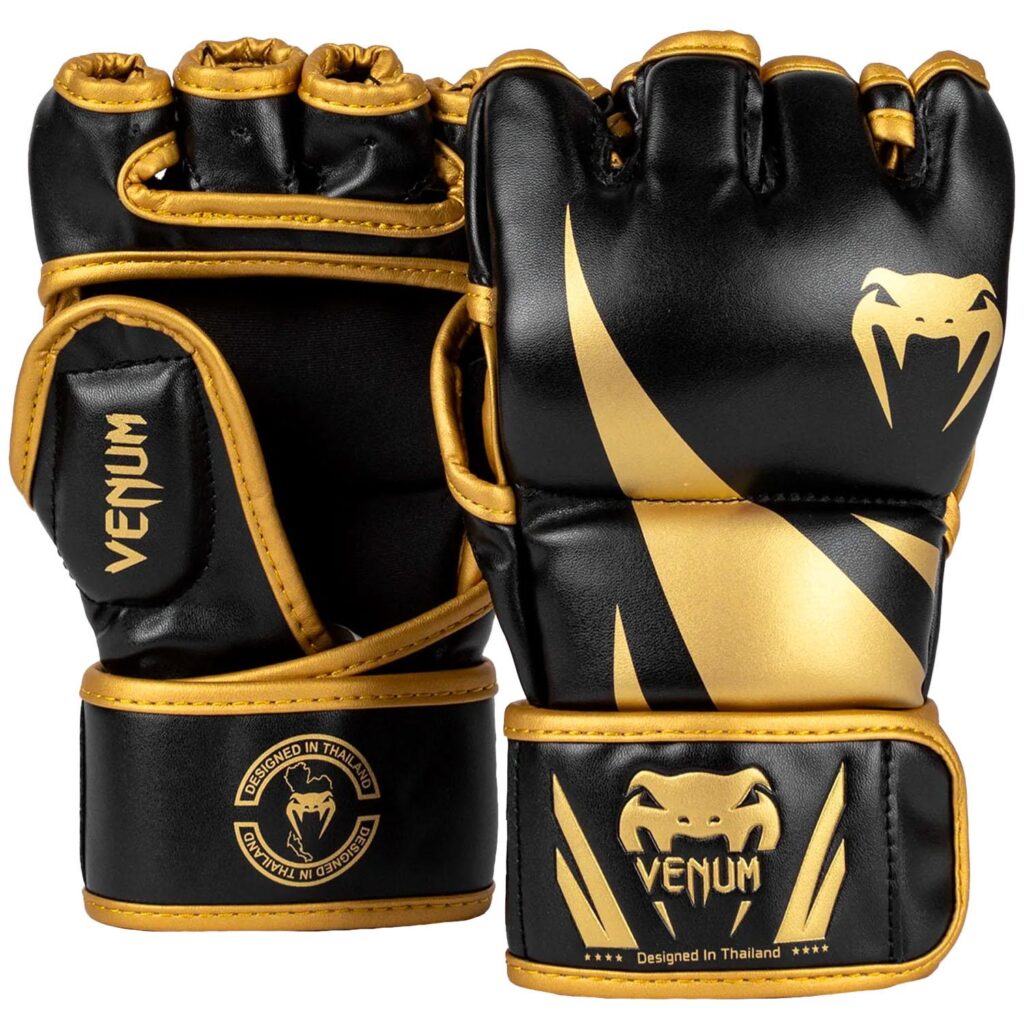The aftermath of UFC 321 has ignited a fierce debate within the mixed martial arts community, as concerns over MMA gloves once again take center stage. Following a series of eye poke incidents that left fighters sidelined and fans divided, questions about glove design, safety protocols, and fighter accountability have resurfaced. As fighters, coaches, and officials engage in a growing blame game, this controversy shines a spotlight on the ongoing challenges of balancing protection and performance in the sport’s evolving landscape.
MMA Gloves Under Scrutiny Following UFC 321 Eye Poke Incidents
Following the controversial incidents of eye pokes at UFC 321, the spotlight has intensified on the design and functionality of MMA gloves. Fighters and coaches have voiced concerns that the current glove structure-with its open-finger design-may inadvertently increase the risk of accidental eye pokes, affecting both the athlete’s safety and the integrity of the matches. Some experts argue that the padding around the fingers is insufficient, making it easier for fighters to unintentionally strike vulnerable areas during rapid exchanges. Calls for regulatory bodies to reconsider glove specifications have grown louder, raising questions about whether innovation should prioritize increased protection without compromising dexterity.
Key points fueling the debate include:
- The balance between hand movement flexibility and protective padding
- Potential modifications to the finger cavity design to minimize accidental eye strikes
- Historical data showcasing the frequency of eye poke incidents in relation to glove types
| Glove Feature | Pros | Cons |
|---|---|---|
| Open-Finger Design | Enhanced grip, better grappling | Higher risk of finger pokes |
| Extra Padding | Improved protection | Reduced hand flexibility |
| Finger Caps | Limits finger extensions | Could hinder striking speed |
Experts Call for Design Overhaul and Stricter Regulations to Prevent Fighter Injuries
Leading voices within the MMA community are urging for a comprehensive redesign of fighter gloves, citing mounting concerns over frequent eye pokes and associated injuries. The current glove design, featuring exposed fingers and minimal padding, has been criticized for enabling accidental fouls that jeopardize fighter safety. Medical professionals and industry insiders alike emphasize the need for innovations that prioritize protection without compromising performance, advocating for glove modifications such as extended finger guards and reinforced cushioning around the knuckles.
Alongside design improvements, there is a growing call for the implementation of stricter regulatory measures. These proposed regulations include mandatory glove inspections before fights, standardized glove models across promotions, and harsher penalties for repeated fouls. The following table summarizes key expert recommendations aimed at reducing fighter injuries:
| Recommendation | Purpose | Expected Impact |
|---|---|---|
| Extended Finger Guards | Minimize accidental eye contact | Reduce eye poke incidents by 60% |
| Uniform Glove Standards | Ensure consistency across promotions | Enhance fighter preparedness and safety |
| Pre-fight Glove Inspections | Verify glove integrity and fit | Prevent equipment-related fouls |
| Stricter Penalties for Fouls | Deter intentional or careless fouling | Encourage cleaner, safer fighting styles |
Closing Remarks
As the dust settles on UFC 321, the controversy surrounding MMA gloves remains a contentious issue within the sport. With numerous eye pokes drawing sharp criticism and heated debate over equipment responsibility, fighters, officials, and manufacturers find themselves at the center of a complex blame game. Moving forward, the UFC and regulatory bodies face mounting pressure to address safety concerns and implement effective solutions to protect athletes without compromising the integrity of competition. Fans and fighters alike will be closely watching how this controversy shapes the future of mixed martial arts equipment standards.







